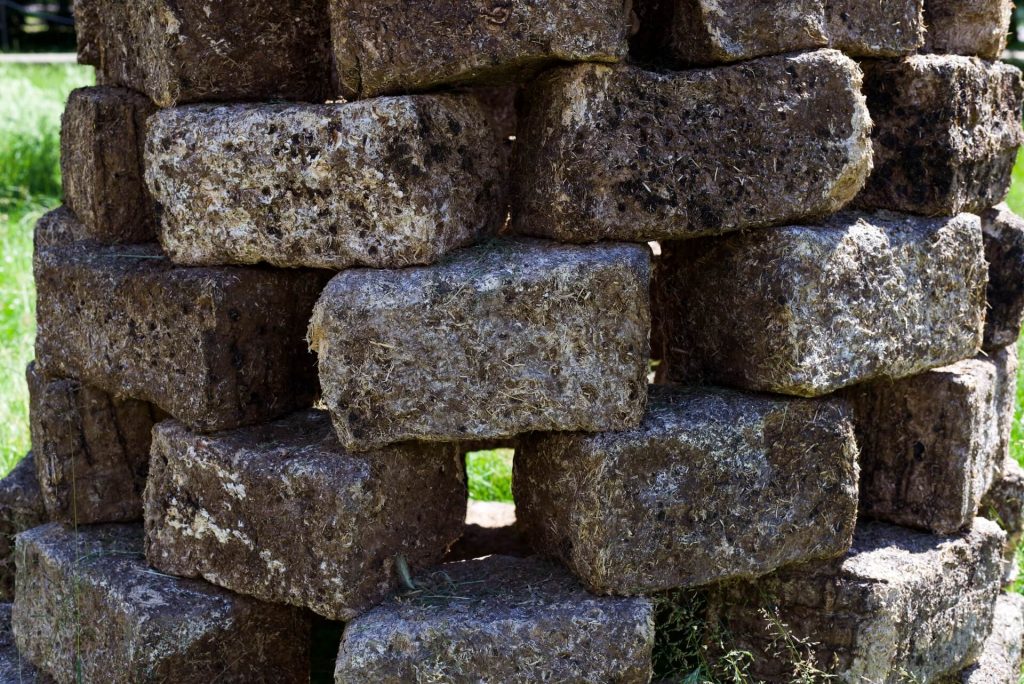Introduction
The dream of living on the Moon or Mars is inching closer to reality, thanks to a groundbreaking initiative by NASA. In a bid to tackle the enormous challenge of building shelters in space, NASA has turned to an unconventional yet promising solution: mushrooms. Through its Mycotecture Off-Planet project, NASA aims to create habitats using fungal networks, a concept that has recently received a $2 million boost from the NASA Innovative Advanced Concepts (NIAC) program.
The Mycotecture Project: A Revolutionary Idea
Mycotecture, or mushroom-based architecture, is an innovative approach that leverages the natural growth properties of fungi. Traditional construction methods, which rely on transporting heavy building materials from Earth, are impractical for long-term space missions. The mycotecture project offers a sustainable alternative by proposing that astronauts “grow” their homes on the Moon or Mars using mycelium, the thread-like structures of fungi.
How It Works
The process of creating a mycelium-based habitat is both ingenious and straightforward. Astronauts would carry a lightweight frame infused with dormant fungus to the Moon or Mars. Upon arrival, they would add water to activate the fungus. This water is essential for initiating the growth process, allowing the mycelium to spread and colonize the frame. As the fungus grows, it intertwines and forms a dense, fibrous network that gradually hardens into a robust, self-sustaining structure.
Step-by-Step Breakdown:
- Preparation: On Earth, scientists prepare a lightweight frame and inoculate it with dormant fungal spores.
- Activation: Once the frame reaches its destination, astronauts add water to the spores.
- Growth: The mycelium begins to grow, feeding on the pre-installed organic material and expanding across the frame.
- Colonization: Over time, the fungal network thickens and hardens, creating a sturdy and insulated habitat.
Proof of Concept and Future Development
Researchers at NASA Ames Research Center in California have already demonstrated the feasibility of this technology. They developed bricks made from mycelium, yard waste, and wood chips, creating prototypes that were rigorously tested in a planetary simulator. These initial tests showed that mycotecture could be a viable method for constructing space habitats.
The recent Phase III funding from NIAC, led by Dr. Lynn Rothschild, will enable the team to refine the strength and properties of the fungal materials and test them in low Earth orbit. This two-year funding will bring the project closer to a demonstration mission, potentially revolutionizing how we build in space.
Benefits Beyond Space
The advantages of mycotecture extend beyond space exploration. On Earth, this technology could be used to filter water and recover minerals from wastewater, highlighting its potential for environmental sustainability. Additionally, it saves precious cargo space by eliminating the need to transport bulky building materials, making it a multi-use material for in-space construction.
Environmental and Practical Benefits:
- Cargo Efficiency: Reduces the need for heavy and bulky construction materials, optimizing space and weight on spacecraft.
- Sustainability: Uses organic waste materials, promoting a circular economy.
- Versatility: Can be applied for various uses, including water filtration and mineral recovery on Earth.
A Vision for the Future
NASA Administrator Bill Nelson emphasized the importance of such innovative technologies, stating that they are essential for the agency’s future exploration missions. As NASA prepares for the Artemis campaign and plans to return to the Moon and venture to Mars, mycotecture offers a visionary solution that could make these ambitious goals achievable.
Challenges and Considerations
While the potential of mycotecture is immense, there are several challenges and considerations to address:
- Growth Control: Ensuring the mycelium grows in a controlled and predictable manner.
- Durability: Testing the long-term durability of mycelium-based structures in harsh space environments.
- Safety: Verifying the safety of living in fungal-based habitats for extended periods.
Conclusion
The Mycotecture Off-Planet project exemplifies how advanced concepts can transform our approach to space exploration. With continued research and development, mushroom-made moon habitats could become a reality, paving the way for sustainable living on other celestial bodies. This revolutionary idea not only supports NASA’s mission but also holds promise for broader applications on Earth, benefiting industry, the environment, and humanity as a whole.
Future Prospects
As the mycotecture project progresses, several exciting prospects emerge:
- Demonstration Missions: Potential for near-future missions to test fungal habitats on the Moon or Mars.
- Interplanetary Colonization: Paving the way for sustainable colonies on other planets.
- Earth Applications: Adapting mycelium technology for eco-friendly construction and resource management on Earth.
Final Thoughts
The journey to creating habitable environments in space is filled with challenges, but with innovative solutions like mycotecture, the possibilities are boundless. By harnessing the power of fungi, NASA is not only addressing practical challenges of space habitation but also pushing the boundaries of sustainable technology. As we look to the stars, projects like Mycotecture Off-Planet remind us that the future of exploration is as much about ingenuity and adaptation as it is about discovery.
References
“NASA’s Fungal Mycelium Bricks Grow Homes.” The Architect’s Newspaper, 3 July 2024, https://www.archpaper.com/2024/07/nasa-fungal-mycelium-bricks-grow-homes/.
